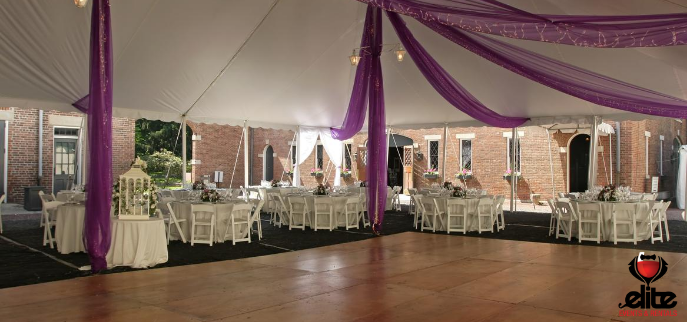Guaranteeing Security and Pleasure on the Dance Area: Identifying and Mitigating Typical Hazards
Guaranteeing Security and Pleasure on the Dance Area: Identifying and Mitigating Typical Hazards
Blog Article
Dancing activities is a well-liked pastime that unites people together, regardless of at a gathering, a dance venue, or a special event. Yet, while dancing can be a lot of enjoyment, it is essential to maintain safety in mind. The dance floor can present various hazards that may lead to accidents or incidents if not addressed properly. By identifying and preventing these frequent hazards, event organizers and dancers can guarantee a secure and pleasant experience for everyone.
One of the major significant hazards on the dance area is the risk of slipping or falling. This can occur due to spills, uneven ground, or crowded spaces. To prevent these incidents, it is important to maintain a clean and clear dance area. Event coordinators should frequently check the area for any leaks or obstacles and remove them up immediately. Furthermore, ensuring that the dance area is well-lit can help dancers identify potential hazards, reducing the chances of slipping. Dancers should also be cognizant of their environment, avoiding packed areas where they may be shoved or stumbled.
Another common issue on the dance area is the potential for injuries caused by overcrowding. When too many people gather in one area, it can lead to bumps, bruises, and even more grave injuries. To prevent overcrowding, locations should set a maximum capacity for the dance area and monitor it closely. Event coordinators can use fencing or ropes to create specific areas for dancing, which can help manage crowd movement. Additionally, encouraging dancers to be aware of their personal area and to respect others can create a safer environment for all.
Injuries can also occur from unsuitable footwear. Wearing shoes that are not suitable for dancing site can lead to falls, accidents, or foot injuries. Dancers should choose footwear that provides adequate support and traction. Event coordinators can encourage guests to choose appropriate shoes by adding this information in announcements or communications. Providing a place for dancers to keep their shoes can also help keep the dance floor secure and clear from potential hazards.
Lastly, it is vital to consider the importance of health and fitness on the dance floor. Staying well-hydrated is important, especially during extended periods of dancing. Dehydration can lead to lightheadedness, fatigue, and other health concerns. Event organizers should provide hydration stations or invite guests to bring water bottles. Additionally, it is imperative for dancers to pay attention to their bodies and take breaks as necessary. By promoting a healthy environment, all can enjoy dancing while minimizing the threat of health-related concerns.
In conclusion, ensuring security and pleasure on the dance floor requires click for source awareness and preemptive measures. By recognizing hazards such as slips, overcrowding, improper footwear, and health issues, event coordinators and dancers can work together to create a safe environment. Implementing these actions not only avoids accidents but also enhances the overall encounter for all involved. With proper precautions, the dance area can remain a place of fun and camaraderie for everyone.